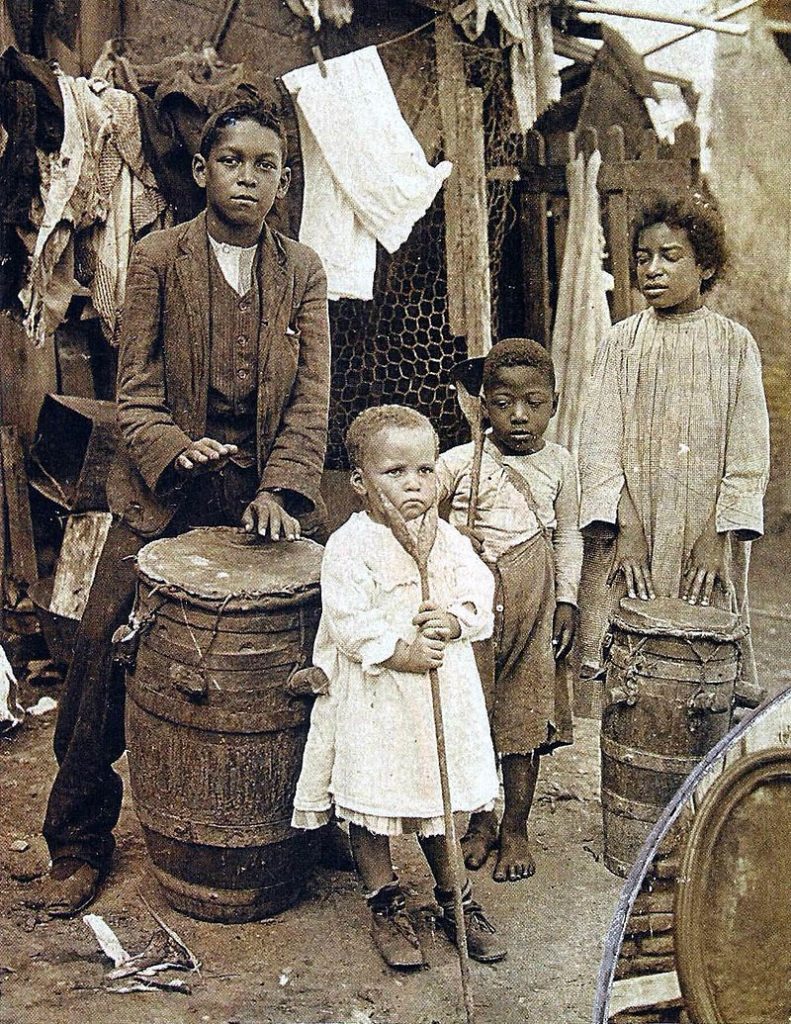In a striking metamorphosis, Argentina has become synonymous with whiteness in South America. The country reported a mere 0.365 percent of its population as Afro-Argentine in the 2010 census. Less than two centuries ago, however, the landscape was starkly different, with Black individuals constituting over a third of the population in the year 1800.
Argentina’s tumultuous journey from a diverse Afro-Argentine enclave to its current status as one of the whitest nations on the continent is a haunting tale of genocide and calculated devastation. This transformation reveals an unsettling past marked by the strategic suppression of a vibrant Afro-Argentine community, enforced by government policies and historical amnesia.
“Blacks do not exist”
Today, many Argentinians hold the erroneous belief that Argentina neither participated in the slave trade nor witnessed the presence of Afro-Argentinians, as if they had left the country “naturally.” Such misconceptions persist despite the historical evidence to the contrary. Former Argentine President Carlos Menem once shockingly declared, “In Argentina, Blacks do not exist, that is a Brazilian problem.”
The prevalent perception both within and beyond Argentina is that of a predominantly white European society. Buenos Aires, the nation’s capital, often earns the moniker “Paris of Latin America” in popular culture. However, this image is a product of the ugly racism that systematically erased Afro-Argentinians from the nation’s fabric.
Argentina’s African Roots

The roots of this enigma trace back to the 16th century when the Spanish colonized Argentina. In this period, Spain relied heavily on enslaved Africans. Africans first set foot in Rio de la Plata, encompassing present-day Buenos Aires, during the late 16th century. By the late 18th and early 19th centuries, Black Africans constituted up to half the population in some provinces. Slavery, albeit officially abolished in 1813, persisted unofficially until the early 1850s. Coincidentally, this period marked the start of a precipitous decline in Argentina’s Black population.
The Factors Behind the Disappearance
The sudden and profound disappearance of Black Africans from Argentina is attributed to a confluence of factors. The first is the war against Paraguay spanning from 1865 to 1870. Thousands of Black individuals fought in the military during these conflicts and other wars, resulting in significant losses. The fatalities led to a considerable gender gap within the African population. This prompted unions between Black women and white men, effectively diluting the Black populace. In addition, many Afro-Argentines sought refuge in more welcoming political climates in neighboring Brazil and Uruguay.
Another devastating factor was the outbreak of yellow fever in Buenos Aires in 1871, which claimed the lives of numerous locals. However, many sources point to a far darker and more sinister force at work—a “covert genocide” orchestrated by Domingo Faustino Sarmiento, who served as Argentina’s president from 1868 to 1874 and played a pivotal role in decimating the Afro-Argentine population.
Domingo Faustino Sarmiento: Architect of Genocide
Sarmiento staunchly advocated for white European racial purity and went to great lengths to eliminate Afro-Argentines. He even devalued the mixed-race Argentine cowboys known as Gauchos, likening them to fertilizer. Sarmiento’s diary entry in 1848 included the chilling statement, “In the United States…4 million are Black, and within 20 years will be 8 [million]… What is [to be] done with such Blacks, hated by the white race? Slavery is a parasite that the vegetation of English colonization has left attached to the leafy tree of freedom.”
During his presidency, Sarmiento instigated a systematic erasure of the African presence in Argentina through policy decisions that were harmful to black lives. He segregated the Black community from their European counterparts, condemning them to inadequate infrastructure and healthcare, which facilitated their deaths during cholera and yellow fever outbreaks. Additionally, he forcibly recruited Afro-Argentines into the military, imprisoned them on minor or fabricated charges, and orchestrated mass executions.
The culmination of these repressive policies, coupled with disease outbreaks and ongoing conflicts, nearly eradicated the Black population by 1875, to the extent that the government failed to register African descendants in the national census.
The Subtle Erasure of History
In contemporary Argentina, the physical and metaphorical erasure of Afro-Argentines has left an indelible mark on the nation’s identity and history. Some Argentines even believe that their country never participated in the slave trade—a form of cultural amnesia that negates the inconvenient Black presence in Argentina.
Even the tango, Argentina’s most celebrated cultural export, has been stripped of its historical connection to Black Argentines. The early dance-related art reveals African roots stemming from the former Kingdom of Kongo. This extensive erasure, encompassing historical, physical, and cultural dimensions, is deemed a triumph by governmental leaders who have perpetuated the vision of Argentina as an all-white extension of Western Europe in Latin America.
